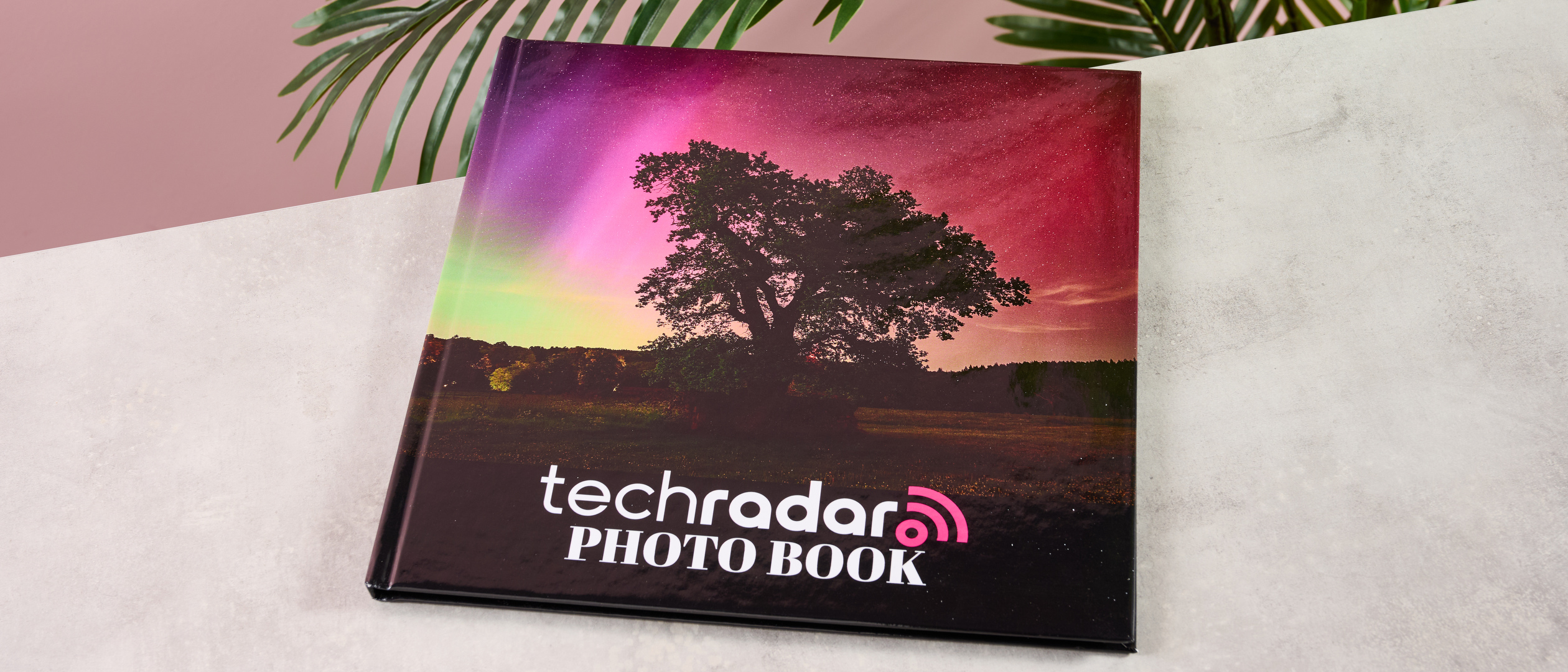TechRadar Verdict
Printerpix offers up a straightforward, no-frills software meaning you can craft a photo book with little to no challenge. At times, that simplicity can be its Achilles heel, with some inclusions like image dimensions or outdated decoration options feeling a touch frustrating. Similarly, the finished photo book has its positives – vibrant colors and some commendable attention to detail – but is let down by some print issues.
Pros
- +
Straightforward user experience
- +
Not as expensive as rivals
- +
Fairly vibrant colors in finished article
Cons
- -
Noticeable banding on print
- -
Some outdated frames and icons
- -
Can’t see image dimensions
Why you can trust TechRadar
Printerpix photo book review
If you’re looking to create a physical manifestation of your treasured memories, then a Printerpix photo book may look like an appealing proposition. You can easily import your favorite photos and integrate them into a photo book with a theme and finish of your choosing, all through its easy-to-use software.
And that ease-of-use is what makes Printerpix a delight to use for creating a custom photo book. Its editing platform has a pretty modern look and breaks down everything you need into key categories within a side bar, including: Photos, Text and Layout. Even when you begin a new project, you’re instantly met with a photo uploader menu, which loads all of your photos quickly and easily.
For reference, I made a totally custom photo book in order to create a product as close to our standardized TechRadar template as possible. That way I could compare Printerpix to its rivals and see if it can compete for a place in our guide to the best photo book services. But if you want a bit of inspiration to get you off the mark, fear not. There are a number of preset themes on offer, including, but not limited to: ‘Wedding Memories’, ‘Vintage’ and ‘Cat Diagonal Strips’ … yep, that’s a real theme. These are separated out into sub-categories too, like ‘Clean and Simple’, ‘Love’ and ‘Family books’, enabling simple navigation.
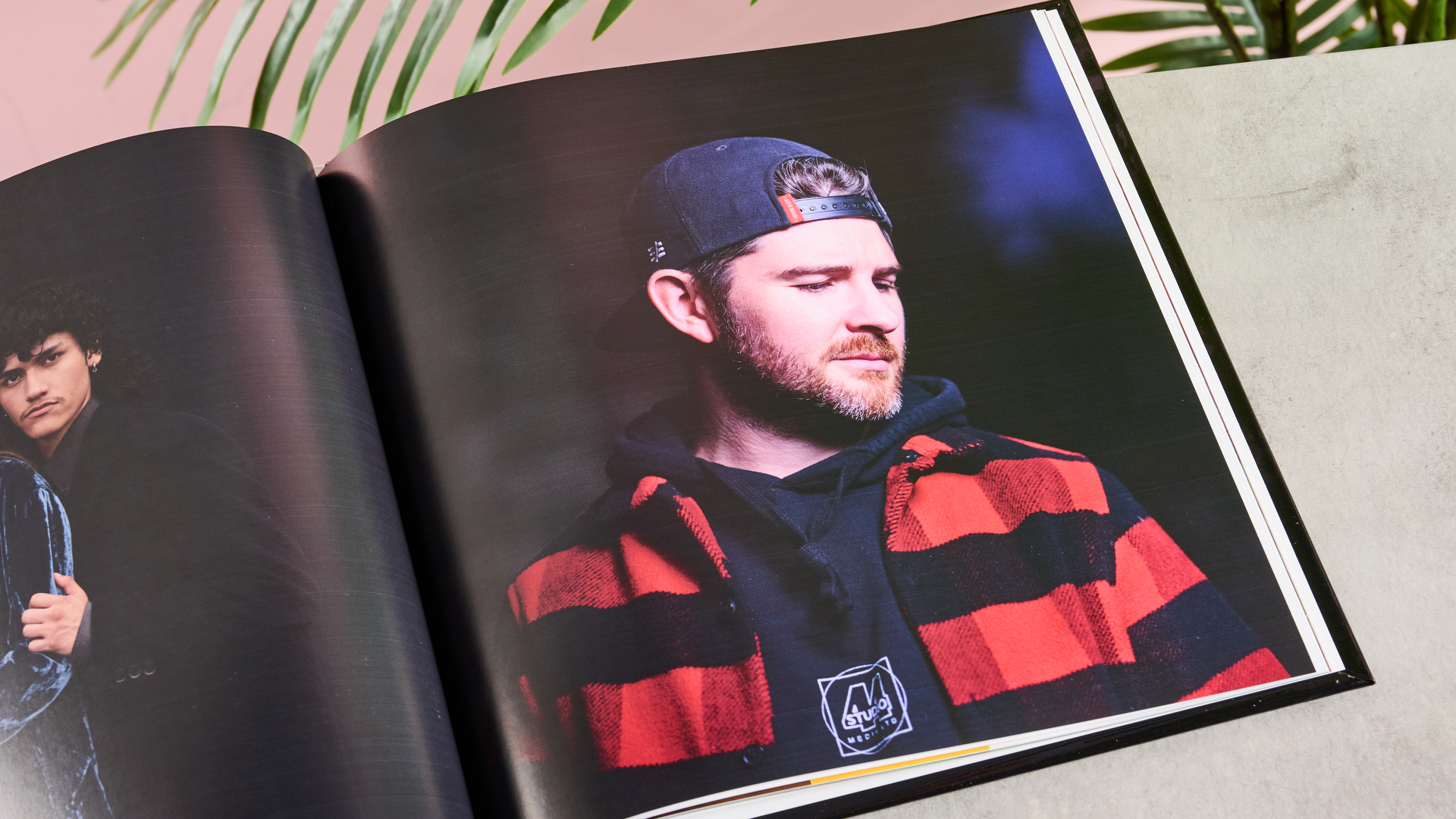
So, how did making our standardized book go? Well, the whole experience was a bit of a mixed bag – but I’m happy to report that there was more good than bad. Firstly, I was delighted to get through the entire creation process without any nasty glitches or anything. When I reviewed the Shutterfly photo book platform at the end of 2024, I experienced a few issues, like images jumping around the page – no such horrors here! There was one point where the photos menu got a bit laggy, but after refreshing the page, I had no further problems.
But the platform isn’t just smooth sailing, it’s well laid out too. There’s no need for tutorials or digging through menus – everything is super-straightforward, whether you want to alter the size and shape of an image, add a text box or rejig page order.
Having said that, sometimes the user experience felt almost too simple, with a handful of crucial features missing. When adjusting image size, for example, I couldn’t see the exact dimensions in millimeters or inches, which made getting one-to-one likeness with our template decently challenging.
In addition, elements like shapes, which can be added in the Clip Art section, aren’t totally malleable. For example, I wanted to use a rectangle shape on some pages, but this wasn’t available – meaning I had to use a square. I could make this larger or smaller, but couldn’t alter its proportions, meaning I had to mess around with images to cover up excess width.
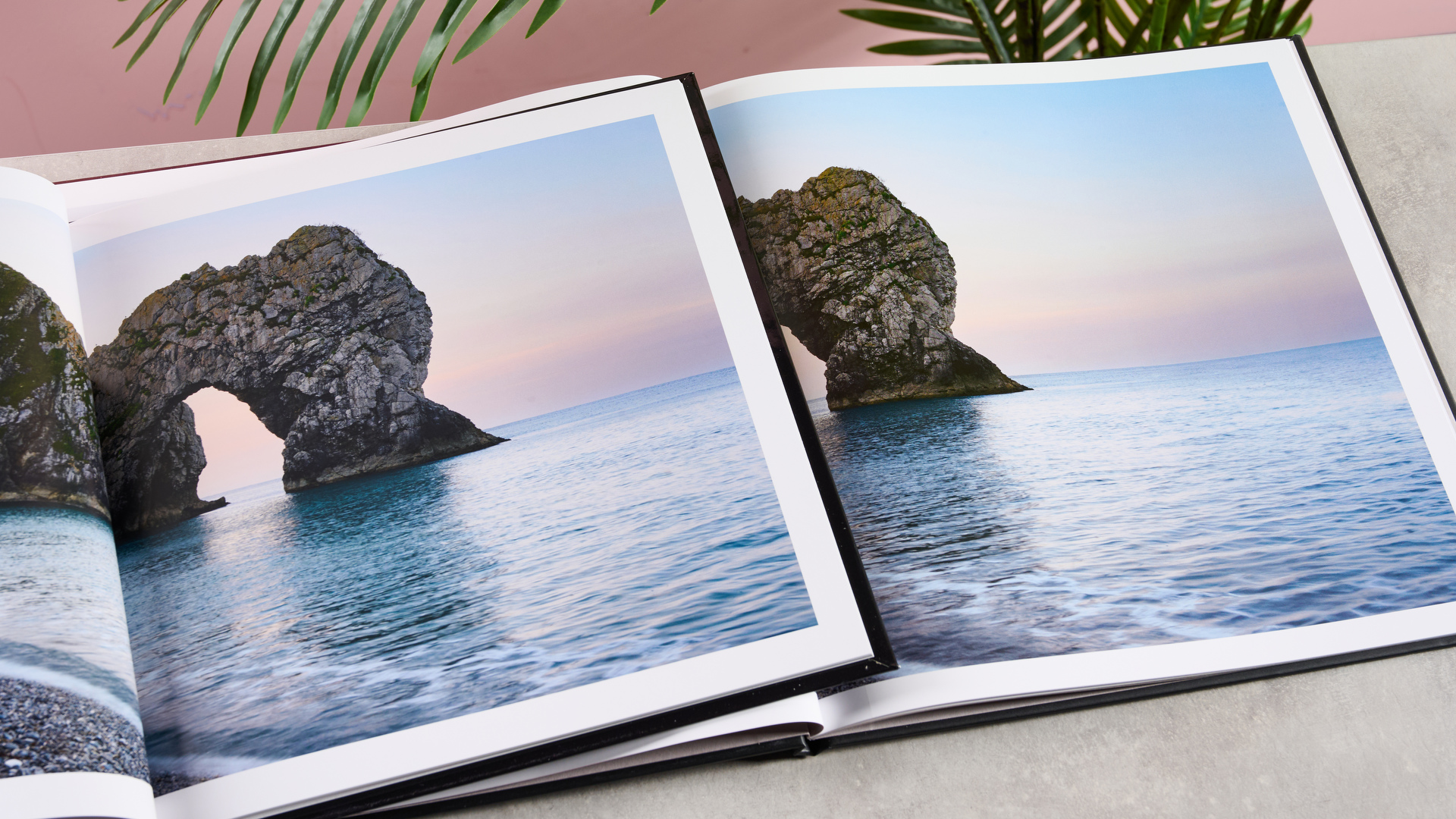
This rigidness is fairly widespread across the platform. You can’t use custom font size; you have to pick from a list. You can’t use hex code to get a particular shade; you have to pick from a preset list. And there’s no search tool to find a shape or border type that you may want to use. That leaves Printerpix feeling a little bare-boned – perhaps even a touch unintuitive.
But again, the actual creation process was pretty easy for me to carry out. A lot of that was thanks to the Layout tab, which creates one, or multiple boxes that cover the whole page, a portion of it (like a square), or an area within a page border. These can be auto-filled with the images you’ve uploaded and makes for a swift, seamless photo-book-building process. You can also add images freehand, too, which was useful when placing the TechRadar logo on the book’s spine, for instance – something that’s proved tricky to do on other platforms.
What’s more, there are some nice background options, including plain colors or patterned ones like ‘Geometric’ or ‘Striped’. And you can adorn these with plenty of icons, shapes and text from the Clip Art section – some of this does look like it's stuck in the noughties, though. And some of the other graphic elements, like borders and frames do look a little dated too. These aren’t compulsory, of course – I didn’t include any borders or frames in my design. I just wish the decoration elements looked as modern as the user interface.
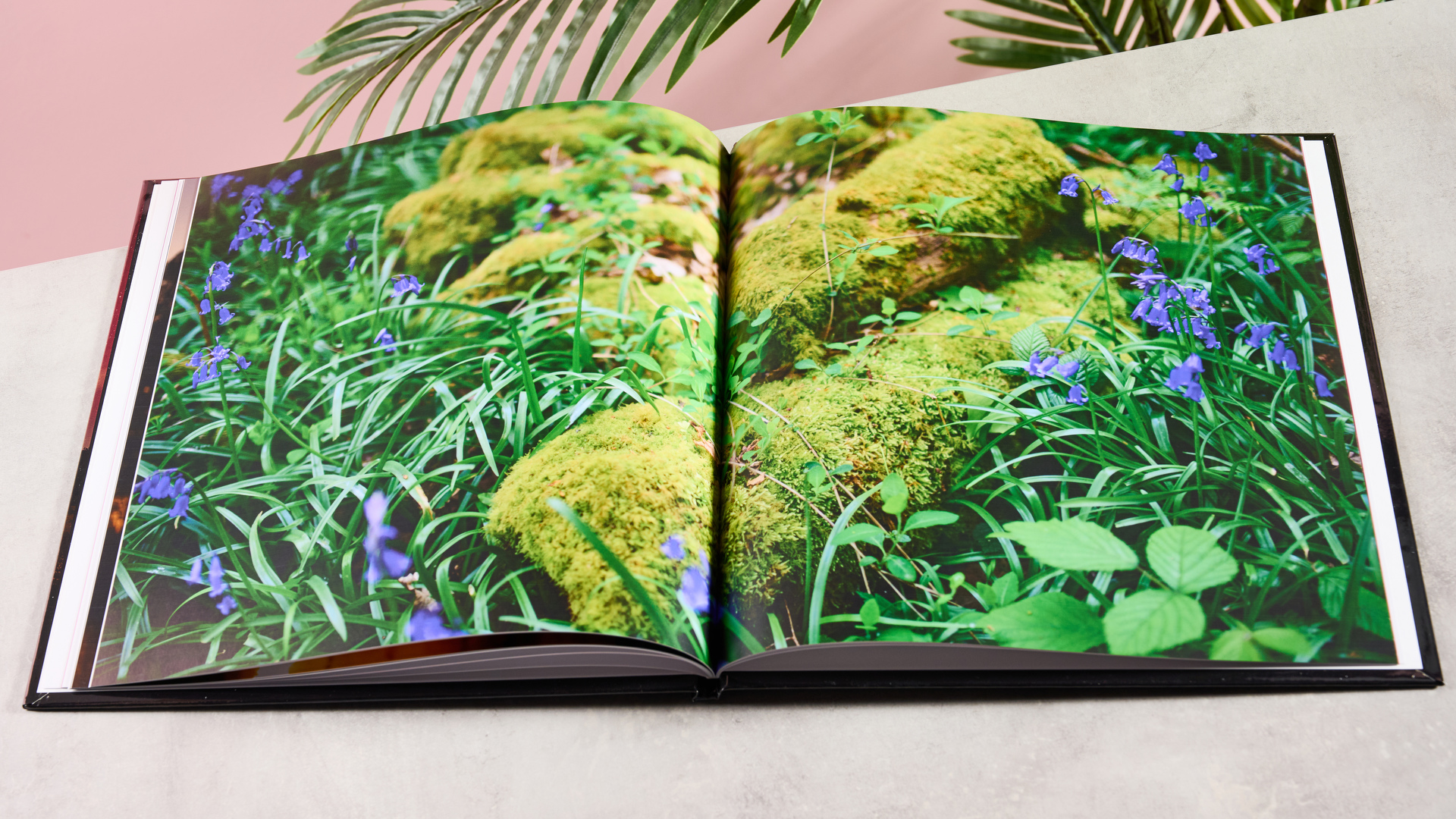
Now, let’s take a peek at the finished product and whether it met expectations. In honesty, my experience was somewhat mixed in this department.
I was generally impressed by the reproduction of colors in my book. Forest greens on one page were saturated to a pleasant degree and were neatly contrasted by an ensemble of purple flowers. Waves in a cliffside image also looked defined and the azure blue sea was mimicked to a high standard. Also, pages felt thick and durable, meaning I was never worried about accidentally tearing or ripping them when flicking through the book.
But it wasn’t all sunshine and rainbows. One major sticking point I had with the Printerpix photo book was banding. That’s essentially unwanted lines appearing on a finished print – and there were a number of images affected by just that. For instance, the image of a man looking to the sky and accompanying color block are clearly afflicted with banding issues – a real distraction and something you’d not expect if you’re spending upwards of $100 / £100.
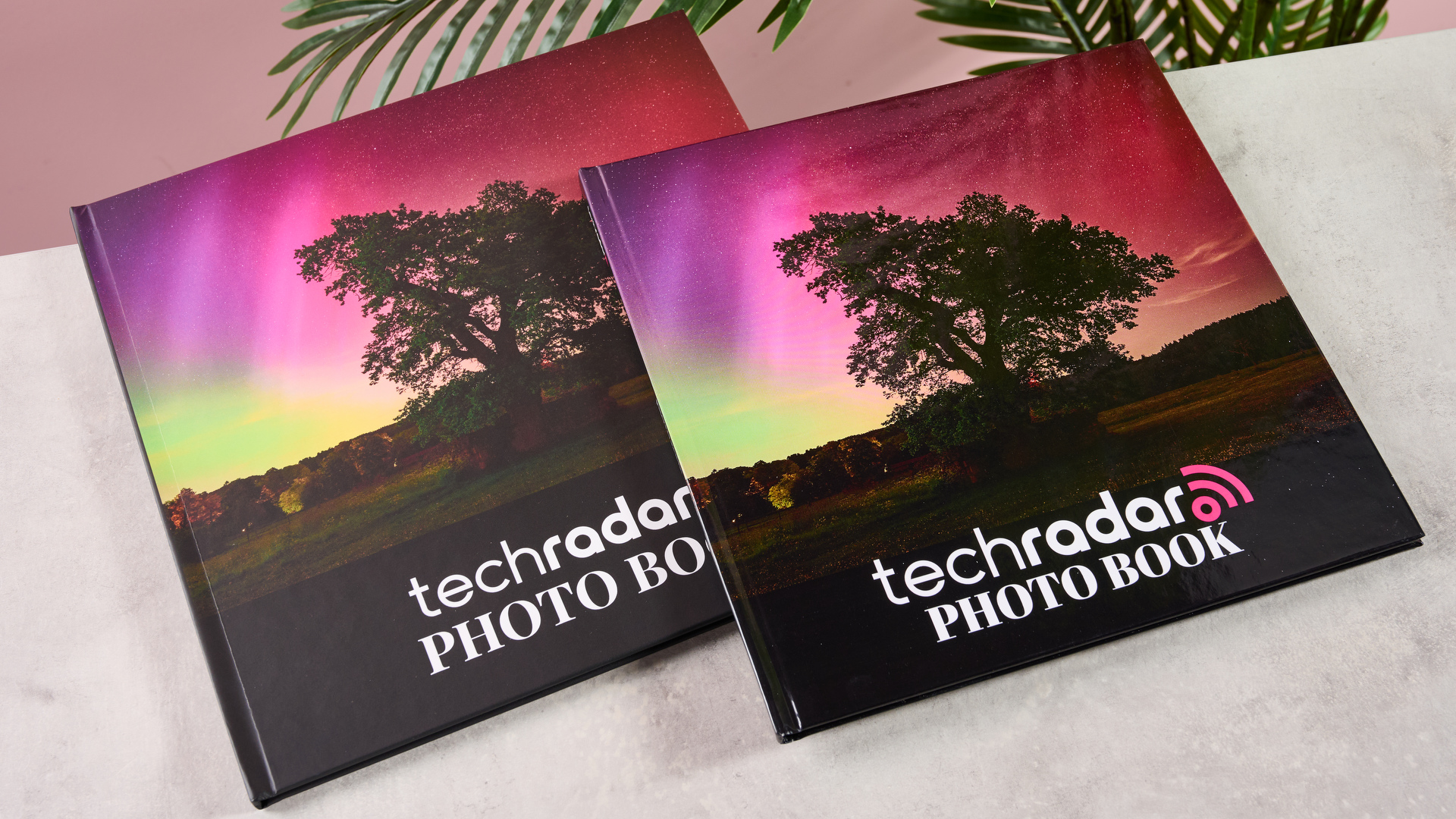
OK, so the finished products ended up being quite middling, but was it worth the money? Well, let me start by saying that I hardly went for the most premium finish. I selected standard pages, a hardback front and back cover and non-HD printing. You can pay extra for a number of aspects though, be it a matte finish, glossy pages – even a removal of the Printerpix logo. All of this will cost you a fair bit more though.
We managed to grab our photo book in the Mother’s Day sale at a cut price, but the finished product would typically have cost a grand total of about £90 (about $115). For reference, delivery came to £7, though you can pay an additional £4 to jump the production queue and have your design prioritized. Our previous creations with Mixbook, Printique and Shutterfly all cost more, but then again, we’ve got books for less with rivals like Blurb. All in all, pricing is solid here – just don’t expect a perfect end product.
In the end, the Printerpix photo book is a slightly flawed, yet solid option for those looking to put their favorite moments to paper. The building process is restricted, but undoubtedly straightforward. The finished product is vibrant and fairly durable, but you may experience some quality issues, like banding. So, if you’re not in need of the most premium print on the market, this could be a worthwhile option for you. Otherwise, I’d recommend checking out the Blurb photo book, which is both cost-efficient and nicely finished, in our experience.
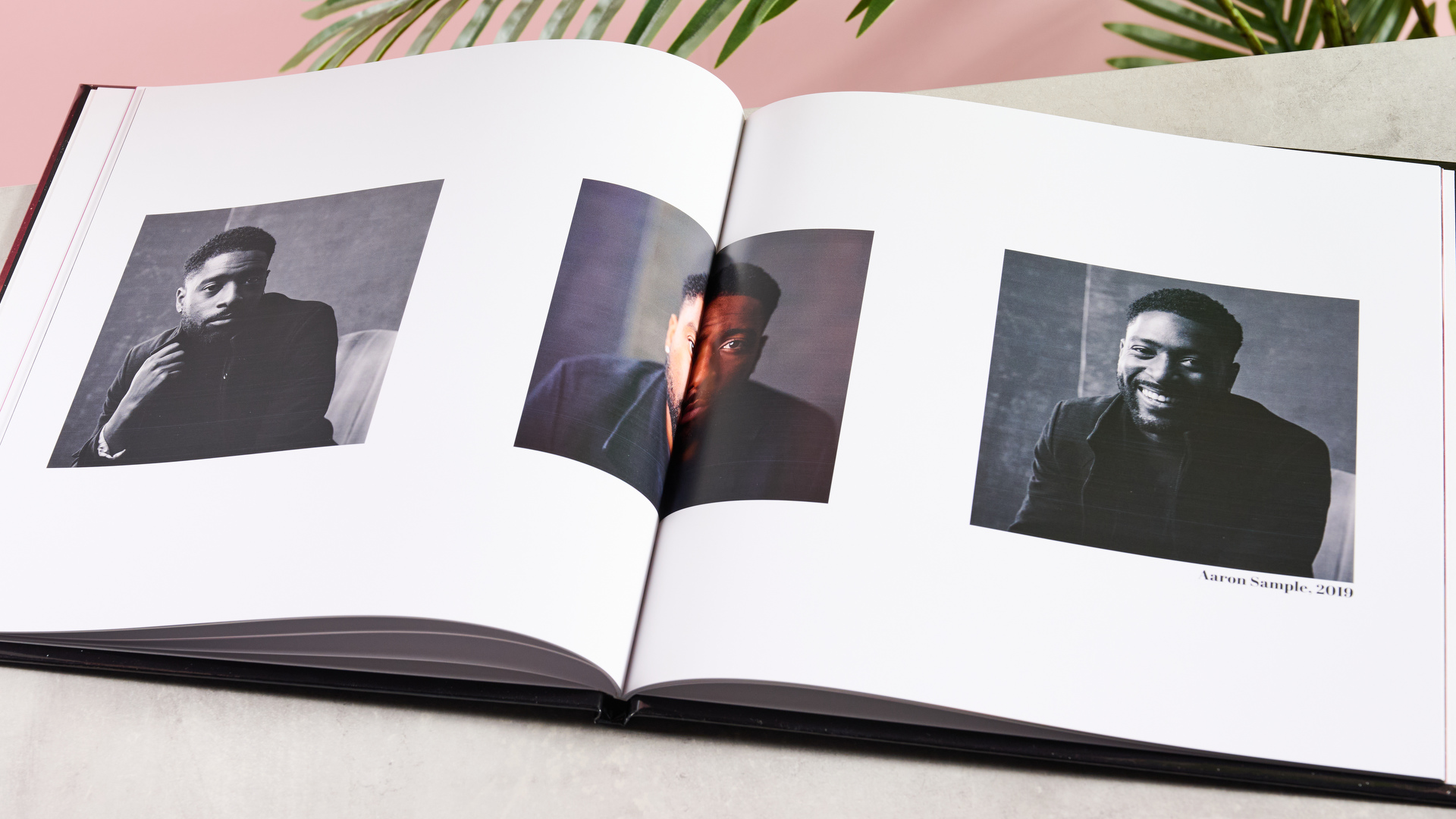
Should I buy the Printerpix photo book?
Buy it if…
You don’t want to mess around with complicated software
Printerpix has a super easy-to-use photo book making platform, which I got to grips with straight away. There are no complex, overly technical settings to grapple with, which makes it ideal if you’re not ultra techy. And the whole experience was essentially glitch-free, so you’re in for a pretty pain-free user experience here.
You don’t want to pay top dollar
OK, so there may be a few cheaper options out there, but we found that this Printerpix photo book wasn’t as pricey to print as some of its rivals. We also grabbed our book on sale for essentially half-price, so I’d strongly recommend you pull the trigger on a purchase during discount season.
Don't buy it if…
You have a very precise request in mind
If you have very particular measurements you want to follow – or if you want a specific color shade to be used in your photo book, Printerpix might not be the right option for you. You’re unable to view specific dimensions in millimetres or inches and there’s no option to alter color via hex code.
You need the most premium print available
When I received the finished photo book from Printerpix, I instantly realized there was banding on a number of the photos. Lines on images take away from some of the nicer aspects, like accurate color reproduction and detail replication. So if you want the best-looking print on the market, you might want to search elsewhere.
Printerpix photo book review: also consider
VistaPrint
We enjoyed using VistaPrint's easy and capable editing software a lot, which helped it rank as one of the best phot book services we've tried so far. Colors looked vibrant, print quality was sharp and there was no visible blurring. Read our full VistaPrint photo book review.
Snapfish
Snapfish's photo book services didn't fare quite as well as VistaPrint's, but still, there was a lot to like there. Our photo book was good value on sale, had decent print quality and was delivered to us very snap-pily indeed. Some images appeared a little wonky and dark colors looked a little underwhelming, however. Read our full Snapfish photo book review.
How I tested the Printerpix photo book
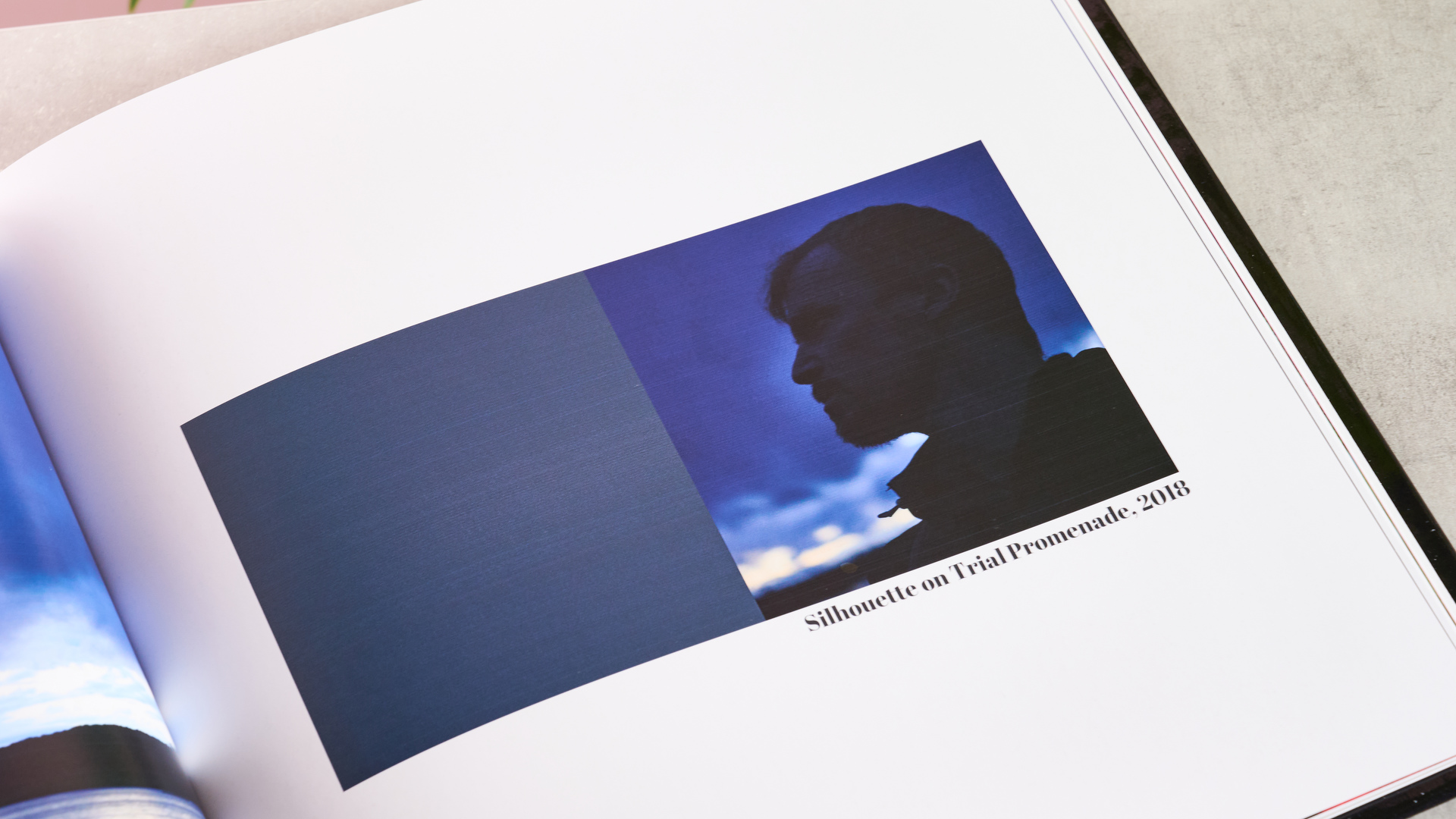
- Built a photo book to recreate the TechRadar template
- Compared against other websites’ photo books and software
I used the Printerpix website to create a custom photo book and test out a handful of templates. Here at TechRadar, we have selected a standardized set of photos to use across all photo book services, in order to fairly compare each platform. We try to use the same layout for each photo book design to help discover which service is the best of the best.
As well as comparing software features, I ordered the Printerpix photo book and observed its print quality, color fidelity and whether there were any scuffs or scratches to the finished product. For reference, the finished photo book I created was 27 x 27 centimeters, had a hard photo cover and used the standard page type.
- First reviewed: April 2025
- Read more about how we test

Harry is a Reviews Staff Writer for TechRadar. He reviews everything from party speakers to wall chargers and has a particular interest in the worlds of audio and gaming. Harry has a background in business tech journalism, particularly around the telecoms industry.
You must confirm your public display name before commenting
Please logout and then login again, you will then be prompted to enter your display name.
